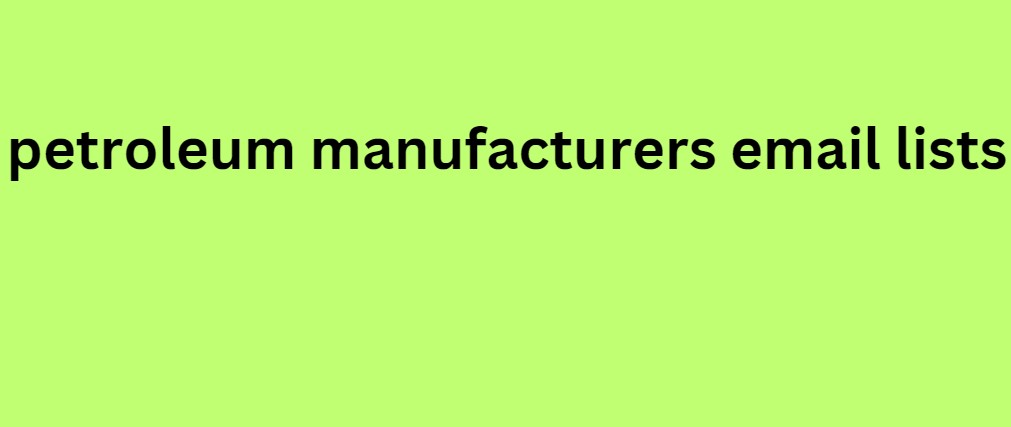How to enable advanced settings?
Posted: Sun Dec 15, 2024 9:15 am
However, most CMS platforms allow you to easily insert and optimize these tags from the backend through specific spaces which are then reflected in the code, without the user having to do anything special. This is ideal for you if you have no knowledge of HTML.
There are many plugins or add-ons that you can use to add meta tags to your WordPress blog. In this article, we will talk about Yoast SEO, one of the most popular ones.
WordPress plugins to optimize meta tags
Plugins like Yoast SEO allow you to easily insert your title, meta description, etc. from a very intuitive interface. This plugin was developed by Joost de Valk, who is considered to be an SEO guru in WordPress circles.
In this sense, using Yoast SEO can be an excellent option to boost your website, and it will surely make a difference in the ranking of the site.
One of the advantages of Yoast is that it analyzes the website, looking for SEO-related elements that are likely to be ignored, such as alt tags on images, post length, and sentence structure. But it also allows you to add titles, meta descriptions, and keywords.
Let's see how it's done:
Step 1 – Enable advanced settings in Yoast SEO
By default, Yoast provides you with many SEO tools. Still, to take full advantage of petroleum manufacturers email lists the benefits of this plugin, we recommend manually enabling some of the advanced settings.
Both the meta title and meta description are already enabled, but if you want to add the keywords you must enable them using the advanced settings.

Go to Yoast -> Dashboard. From here, select the Features tab and look for the Advanced Settings pages header. Set this option by clicking the Enable button below the header. This will prompt the page to reload, after which you should be able to see the advanced options.
Image: Yoast Screenshot
Step 2 – Add the title
To add a title or SEO title to your post, you need to go to Posts -> All Posts, and select the post you want to add a meta title to.
Once you open the post, locate the section titled Yoast SEO. In this section, you will find a preview of the text as it appears in search engines.
There are many plugins or add-ons that you can use to add meta tags to your WordPress blog. In this article, we will talk about Yoast SEO, one of the most popular ones.
WordPress plugins to optimize meta tags
Plugins like Yoast SEO allow you to easily insert your title, meta description, etc. from a very intuitive interface. This plugin was developed by Joost de Valk, who is considered to be an SEO guru in WordPress circles.
In this sense, using Yoast SEO can be an excellent option to boost your website, and it will surely make a difference in the ranking of the site.
One of the advantages of Yoast is that it analyzes the website, looking for SEO-related elements that are likely to be ignored, such as alt tags on images, post length, and sentence structure. But it also allows you to add titles, meta descriptions, and keywords.
Let's see how it's done:
Step 1 – Enable advanced settings in Yoast SEO
By default, Yoast provides you with many SEO tools. Still, to take full advantage of petroleum manufacturers email lists the benefits of this plugin, we recommend manually enabling some of the advanced settings.
Both the meta title and meta description are already enabled, but if you want to add the keywords you must enable them using the advanced settings.

Go to Yoast -> Dashboard. From here, select the Features tab and look for the Advanced Settings pages header. Set this option by clicking the Enable button below the header. This will prompt the page to reload, after which you should be able to see the advanced options.
Image: Yoast Screenshot
Step 2 – Add the title
To add a title or SEO title to your post, you need to go to Posts -> All Posts, and select the post you want to add a meta title to.
Once you open the post, locate the section titled Yoast SEO. In this section, you will find a preview of the text as it appears in search engines.